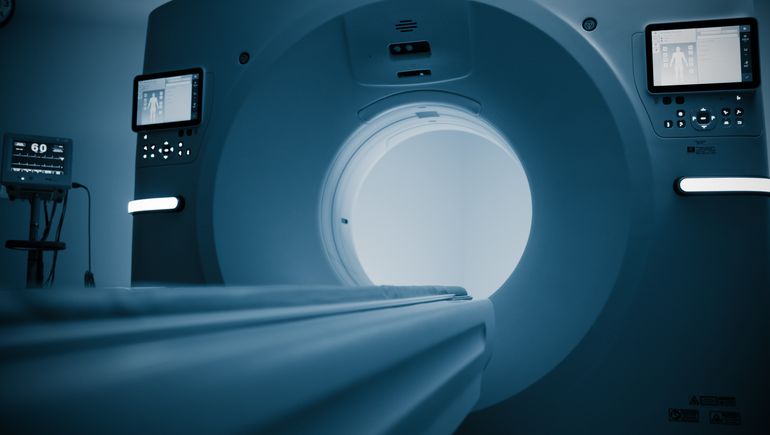A growing number of medical devices include artificial intelligence or machine learning features, and the Food and Drug Administration has started tracking ones that have gone through the agency’s approval. The FDA recently updated its list of AI/ML-enabled devices, showing that nearly 700 have now received marketing authorization.
The latest update added a total of 171 new devices, the majority of which were cleared between August 2022 and July 2023.
Last year, when the FDA first unveiled the list, MedTech Dive found that the majority of cleared AI/ML devices were used in radiology and went through the agency’s 510(k) clearance pathway. That continued to be true, based on an analysis of the newest additions.
Here are five takeaways from the updated list:
1. The rate of FDA submissions slowed in 2021 and 2022 but has started to pick up again
The number of AI/ML device submissions the FDA has received has increased every year since 2015. The agency saw the biggest increase between 2019 and 2020, when the number of submissions increased by 39%. The rate of submissions slowed in 2021 and 2022, but is expected to surpass 30% again this year, the agency said in a summary provided with the list.
2. GE HealthCare had the most cleared AI/ML devices
GE HealthCare and Siemens Healthineers led the list with the most cleared AI/ML devices between August 2022 and July 2023, according to an analysis by MedTech Dive. GE HealthCare has had the most authorized AI/ML devices to date.
Other companies that topped the list include Aidoc, a Tel Aviv-based company that makes triage systems for radiologists, and Brainlab, a Munich-based firm partnering with ZimVie on surgical navigation for spine procedures.
3. Radiology still accounts for the majority of AI/ML devices
Last year, MedTech Dive found that the majority of AI/ML devices authorized to date have been in the field of radiology. That trend has continued, with radiology accounting for 87% of new devices last year, and 79% of new devices in the first half of 2023.
Part of the reason radiology might be so represented on the list is because of the early digitization of imaging data compared to other specialties. The 21st Century Cures Act also specifies anything that analyzes a medical image should be regulated as a medical device. The FDA sought to clarify through a final guidance last year that certain types of software should be regulated as devices, such as those that use information from electronic medical records to flag potential cases of sepsis.
4. None of the devices on the list used generative AI
Despite rising interest in large language models, such as ChatGPT, this type of technology was not used in any of the cleared devices. As of Oct. 19, no device has been authorized that uses generative AI or artificial general intelligence or is powered by large language models, the FDA said.
The types of models featured in the list vary in complexity. Some were “shallow,” having less than two hidden layers between the algorithm’s input and output, while others used deep learning, the FDA said. Typically, the models used a combination of approaches to achieve a result, such as using one model to generate features and another model to do classification.
Some examples of the types of devices cleared by the FDA this year include an algorithm developed by Edwards Lifesciences to help clinicians predict the risk of a global hypoperfusion event in patients receiving advanced hemodynamic monitoring, and a radiation planning assistant developed by MD Anderson Cancer Center to help plan cancer treatment.
5. Most devices still went through the 510(k) pathway
The vast majority of AI/ML devices cleared between August 2022 and July 2023 went through the FDA’s 510(k) pathway. Just two devices received de novo clearance during that time period. This is consistent with previous years: 96% of cleared AI/ML devices went through the 510(k) pathway between 1995 and 2022, according to an analysis by MedTech Dive last year.

